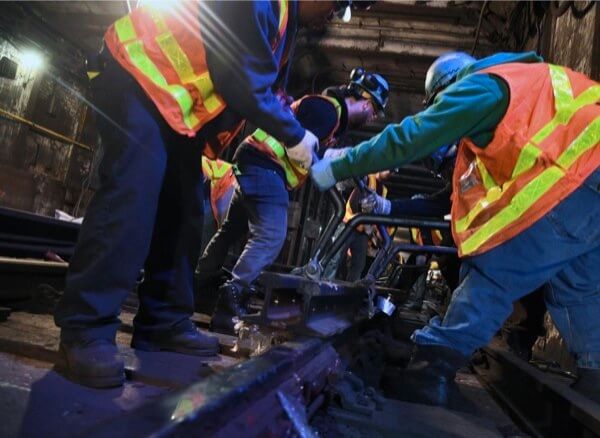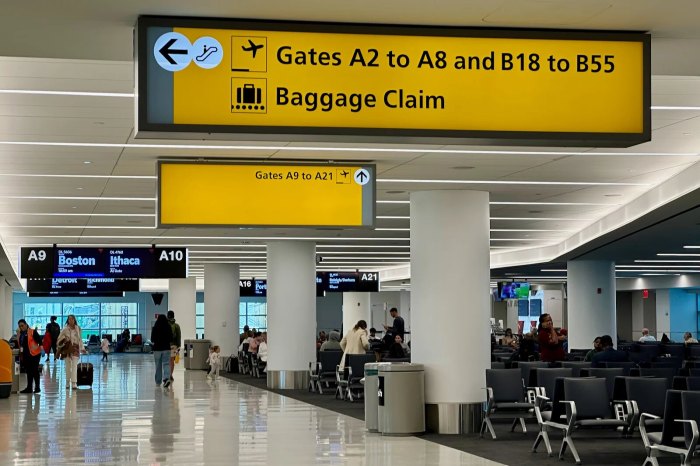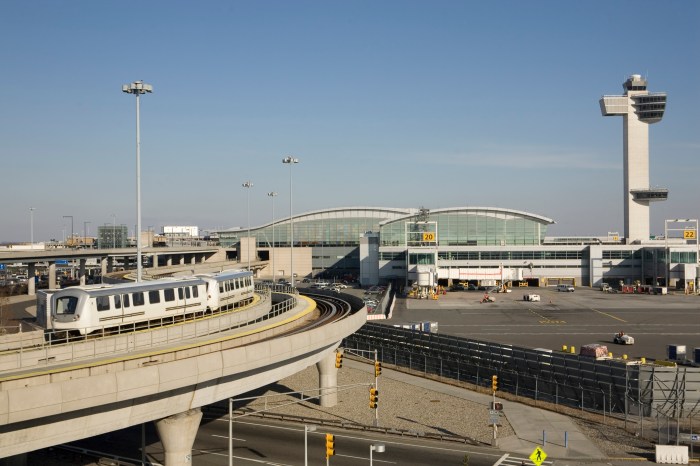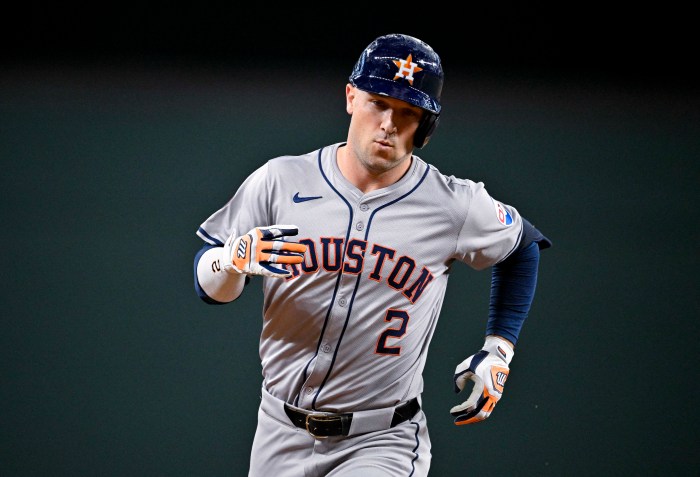By Mark Hallum
The MTA announced 19 finalists in its Genius Challenge to save the city’s subways.
The initiative, established by Gov. Andrew Cuomo in June, offers $1 million to the most innovative ideas in three different categories: The MTA received over 438 submissions from 23 different countries and the finalists ranged from well-known transportation companies to individuals.
French rail company, Alstom, made the finals in all three categories of suggestions for upgrades to signals, cars and communications.
“When I took on the role of chairman last summer, I was very forthright about the need to stabilize the subway system and we’ve begun to do that with the implementation of the Subway Action Plan,” MTA Chairman Joe Lhota said. “Additionally, I said that we have to look forward and that after undertaking efforts at stabilizing the system we needed to modernize it. The Genius Challenge is the first step in achieving the modernization goal.” AECOM, Siemens, Thales Group, Alcatel-Lucent and Transit Wireless are just a few of the big names to make the finalist list.
The judges are comprised of MTA leadership, academics, engineers, transit experts and business leaders who determined in the first phase of the challenge which proposals could be deployed in the least amount of time and in the most cost-effective manner.
The next phase of the challenge will also be the last in which the state agency decides which of the proposals are the three brightest concepts to make the subways truly modern.
“Ultimately, this competition is about identifying technologies that can deliver more capacity and throughput in the subway system. Subway ridership has grown in tandem with New York’s overall economic growth and it’s imperative that we continue working toward finding ways to accommodate more people with better, faster service. Having been so involved with the competition for the past six months, I am confident that ideas that have been submitted can and will play a key role in delivering New York a 21st century subway system,” said Janno Lieber, the MTA’s chief development officer.
The subways are an analog system in a digital world.
Work began to build the subways in 1904, with the No. 7 train route through Queens completed in 1917 when most of the borough was farmland. The system still operates on the same basic technology of that day which would have been developed in the 19th Century.
Cuomo unveiled the genius challenge at the Hammerstein Ballroom at the Manhattan Center in late June immediately after the derailment of an A train in Harlem and a series of major system-wide meltdowns.
He signed the executive order declaring a state of emergency on the MTA to expedite some of the government procedures, such as the transit agency’s procurement process.
The Genius Challenge announcement in June, transit systems such as Paris Metro and Toronto’s rail service were used as examples of modern and efficient assets.
Andy Byford, recognized for modernizing the Toronto metro, was named the new president of New York City Transit in early December. Toronto has the third largest transit system in North America.
Reach reporter Mark Hallum by e-mail at mhall




































